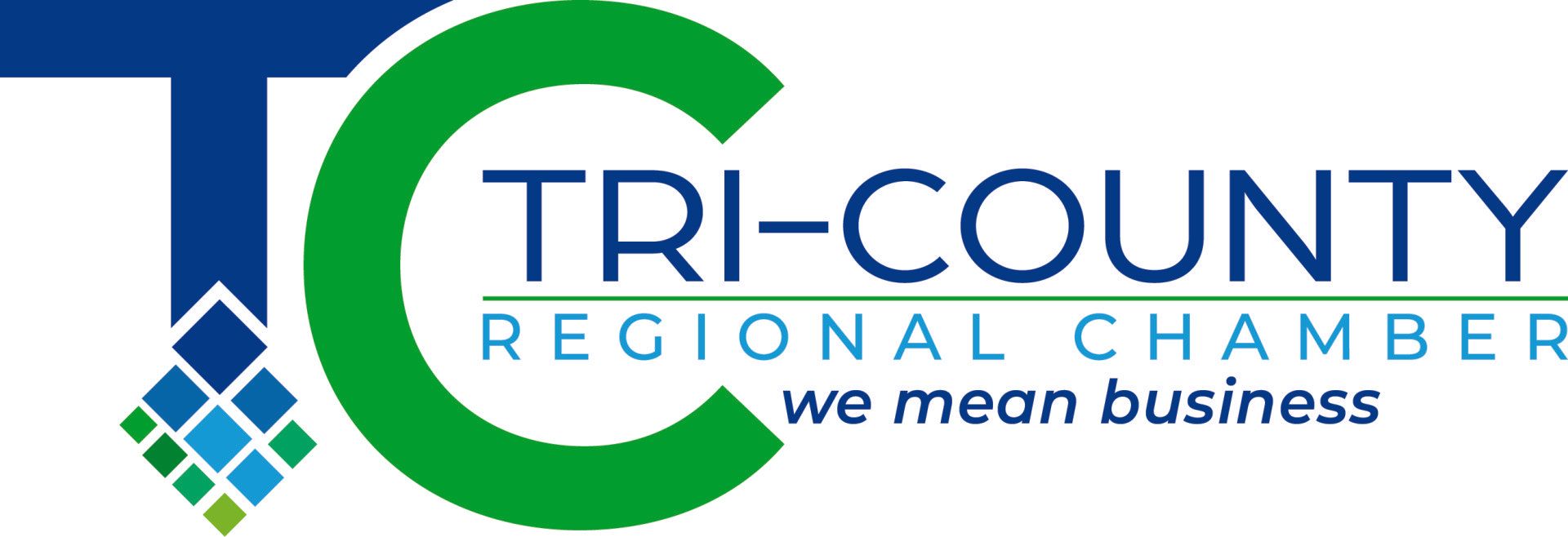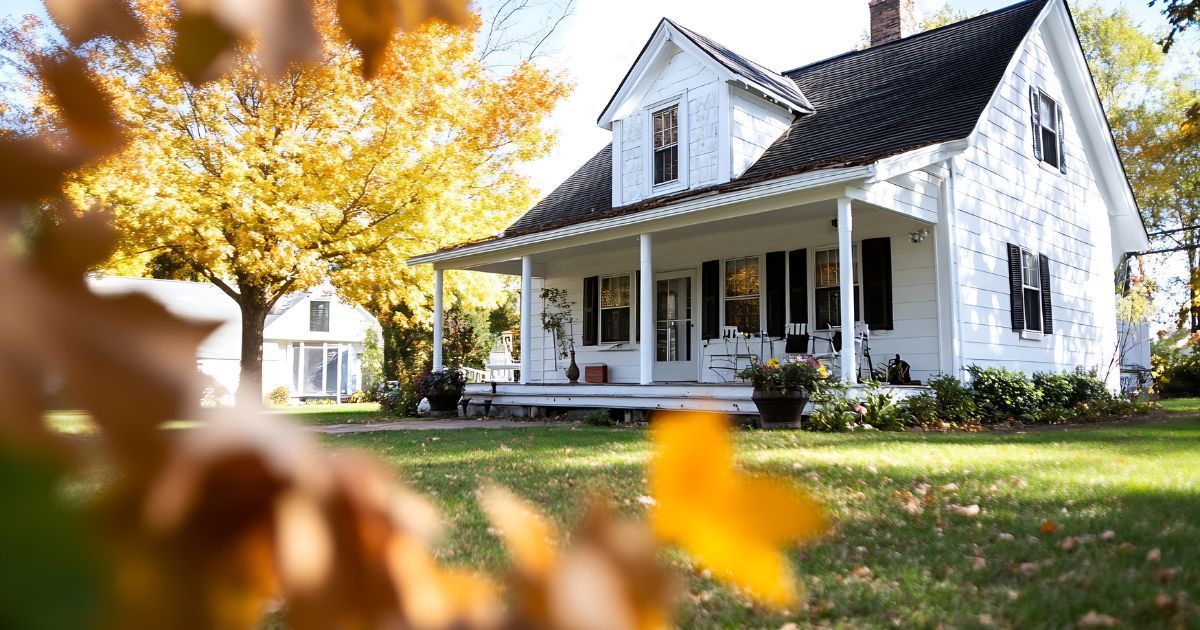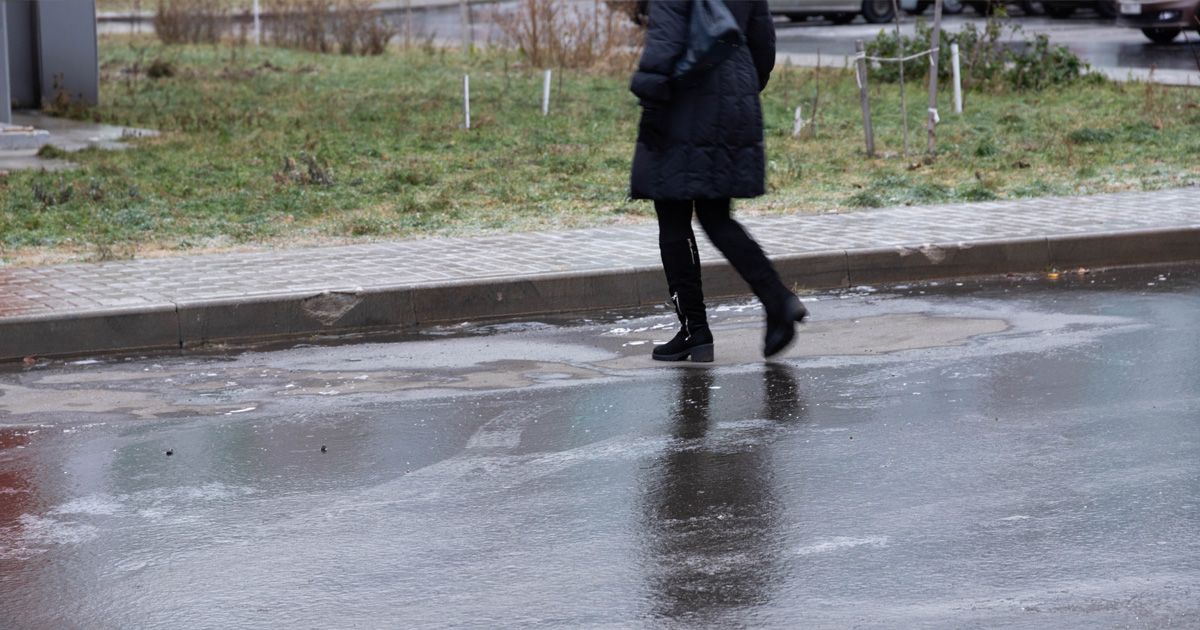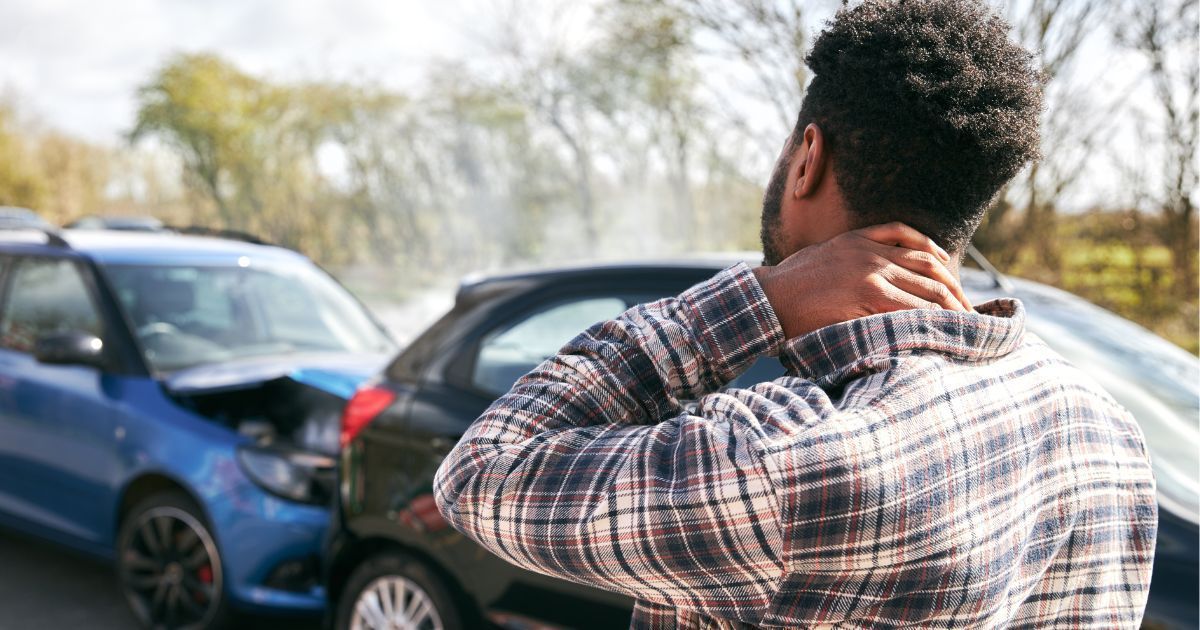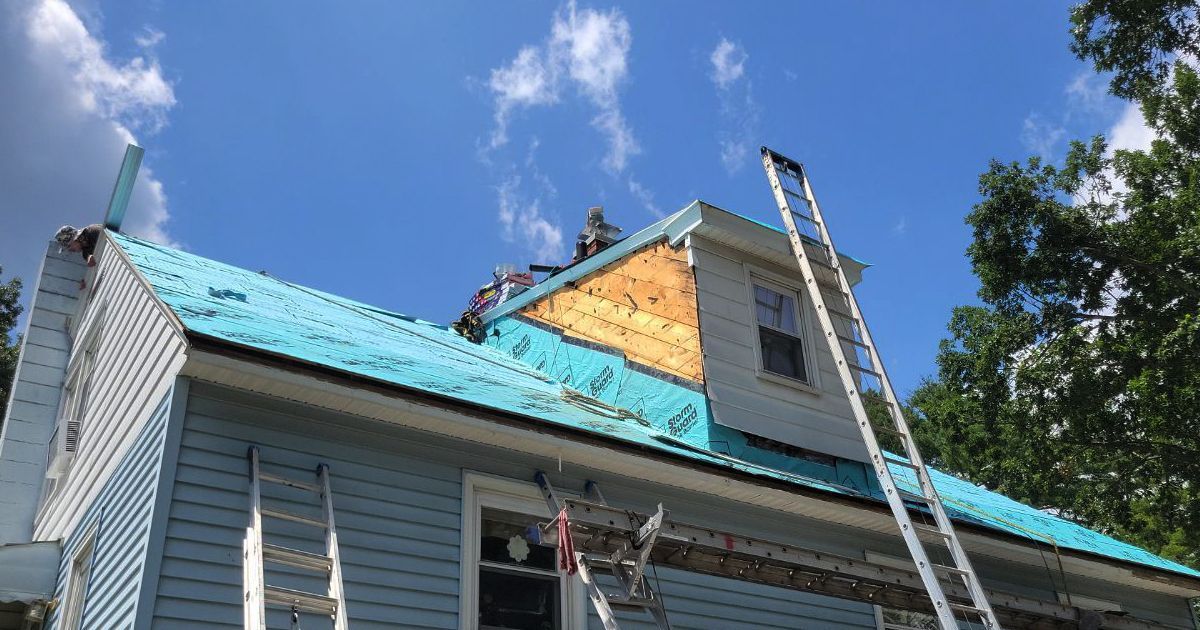Blogs
Fall Driving Hazards in Massachusetts
Fall in Massachusetts, from September to November, transitions from warm summer days to cooler conditions. Average high temperatures in Boston drop from 75°F in September to 52°F in November, with lows from 59°F to 38°F, according to WeatherSpark. Increased rainfall around 3.5 to 4 inches in September and October combined with falling leaves and early frost, creates hazardous driving conditions across the state, from urban areas like Quincy to rural spots like Bellingham.
Understanding Fall Weather
Massachusetts fall features mild to cool weather, with temperatures often below 50°F by late November. The season brings more precipitation and potential early frost in October and November, impacting roads statewide and requiring greater driver caution.
Key Fall Driving Hazards
Fallen Leaves and Slippery Roads
Wet leaves can make roads as slippery as ice, obscuring lines, hiding potholes, and reducing traction especially in wooded areas like Sherborn and Mendon. For tips, see
Plymouth Rock's fall weather driving guide.
Leaf-Related Risks:
| Hazard | Impact |
|---|---|
| Wet Leaves on Roads | Reduces Traction, Slippery |
| Leaves Hiding Potholes | Increases Risk of Damage |
| Obstructed Road Lines | Reduces Visibility |
Tips for Leaf-Covered Roads:
- Slow down on leafy roads, particularly in rural Upton.
- Increase following distance for longer stopping times, vital in Walpole.
- Avoid sudden braking or turns to prevent skidding.
Reduced Visibility from Fog and Sun Glare
Fog reduces visibility in low areas like Northbridge, while low sun angles cause glare during commutes, especially in Quincy.
- Use low beams or fog lights in fog; high beams can reflect and impair vision, per WSBS on hazard lights in inclement weather.
- Wear sunglasses and use visors against glare, key in Attleboro.
- Slow down and extend following distance in poor visibility.
Increased Wildlife Activity
Deer and other wildlife are more active during fall mating season, heightening collision risks at dawn and dusk, especially on rural roads in Mendon and Upton.
Wildlife Risks
- Sudden animal crossings can lead to swerving or crashes.
- Higher activity in wooded or suburban areas like Sherborn.
Tips to Avoid Wildlife Collisions:
- Scan roadsides and use high beams when safe.
- Honk to scare animals; slow down if spotted.
- If a collision occurs, pull over safely and report if needed.
School Traffic and Pedestrians
With schools in session, watch for buses, children, and increased congestion in towns like Framingham and Abington.
- Obey reduced speed limits and stop for buses.
- Be alert for unpredictable child behavior.
- Plan extra time for commutes.
- Stop for pedestrians in crosswalks during peak hours.
Early Frost and Black Ice
Early frosts create black ice on bridges and shaded roads, often invisible and slippery.
- Check weather forecasts and drive cautiously in sub-freezing temps.
- Use winter tires if needed earlier in the season.
Vehicle Preparation for Fall
Maintain your vehicle to handle fall conditions:
- Inspect tires for tread and pressure.
- Check brakes, lights, and wipers.
- Clear leaves from under the hood and drains to prevent issues.
By staying aware of these hazards and following these tips, Massachusetts drivers can enjoy a safer fall season on the roads. Safe driving benefits our communities and local businesses alike.
If you are involved in an accident, don't hesitate to call Jason Ranallo at 781-344-6200. He is experienced in auto and motorcycle accidents in Massachusetts.
